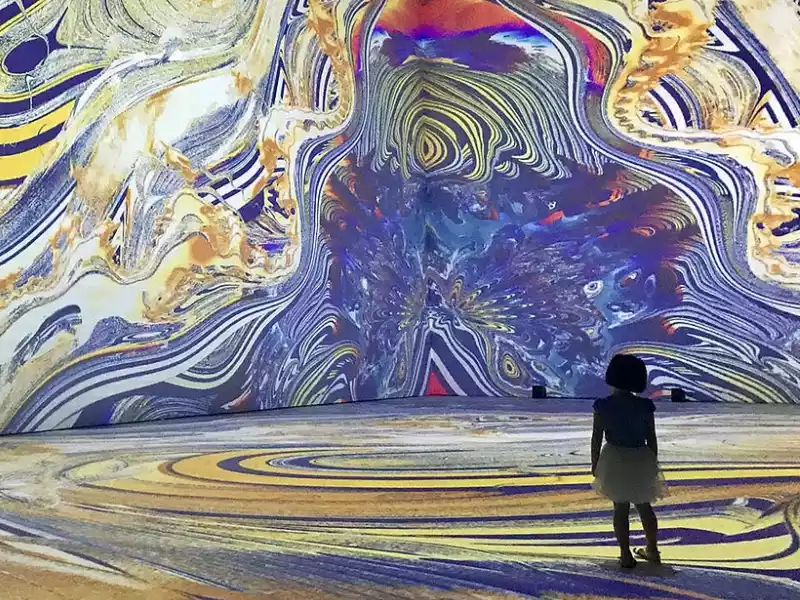
How Technology is Transforming the Art World
In the realm of human creativity and expression, art has always been a beacon of cultural identity, a mirror reflecting society’s values, and a bridge connecting generations. However, the art world, much like many other sectors, has been significantly transformed by the advent of technology. This article aims to shed light on the profound impact of technology on the art world, explaining the concepts in a simple and clear manner.
Thank you for visiting Art Institutes, don't forget to subscribe to the Art Institutes Newsletter!
The Digital Art Revolution
Digital art, a term that encapsulates various forms of art created with digital technology, is one of the most visible manifestations of technology’s influence on the art world. Digital art includes computer graphics, 3D modeling, digital photography, and even virtual reality and augmented reality art.
For instance, digital painting allows artists to create and manipulate images using digital tools, offering an infinite canvas and a vast array of colors and brushes. This not only expands the creative possibilities but also democratizes art, as anyone with a computer and the right software can create digital art.
The Role of the Internet in Art Dissemination
The internet has revolutionized the way art is shared and consumed. Websites, social media platforms, and online galleries have made it possible for artists to showcase their work to a global audience, breaking down geographical barriers and opening up new opportunities for exposure and sales.
Moreover, the internet has facilitated collaboration among artists from different parts of the world, fostering a global artistic community. It has also made it easier for art enthusiasts to learn about various art movements, techniques, and artists, promoting a deeper understanding and appreciation of art.
Art8 "Webinars for Creatives" https://art8.net
The Impact of Artificial Intelligence and Machine Learning
Artificial Intelligence (AI) and Machine Learning (ML) are increasingly being used in the art world. AI can generate art by learning from existing artworks and creating new ones based on patterns and styles. For example, AI can create a painting in the style of a specific artist or generate a new piece that combines elements from multiple artists.
AI and ML are also used in art conservation and restoration, helping to preserve and restore damaged artworks. By analyzing the original artwork, AI can suggest the most appropriate methods for restoration, minimizing human error and ensuring the preservation of the artwork’s integrity.
The Role of Virtual and Augmented Reality in Art
Virtual Reality (VR) and Augmented Reality (AR) are transforming the way art is experienced. VR allows viewers to immerse themselves in a virtual art gallery, walking around and interacting with artworks as if they were physically present. AR, on the other hand, overlays digital art onto the real world, allowing viewers to see art in their own environment.
These technologies offer a unique and engaging way to experience art, breaking down the barriers between the art and the viewer. They also open up new possibilities for artists, allowing them to create immersive and interactive artworks.
The Future of Technology in the Art World
The integration of technology in the art world is a continuous process, with new developments and possibilities emerging every day. As technology advances, we can expect to see even more innovative ways in which it will transform the art world, from the creation of art to its dissemination and consumption.
Technology is not just transforming the art world; it is also democratizing it, making art more accessible, and opening up new opportunities for artists and art enthusiasts alike. As we move forward, it is exciting to imagine the possibilities that lie ahead in this dynamic intersection of technology and art.


